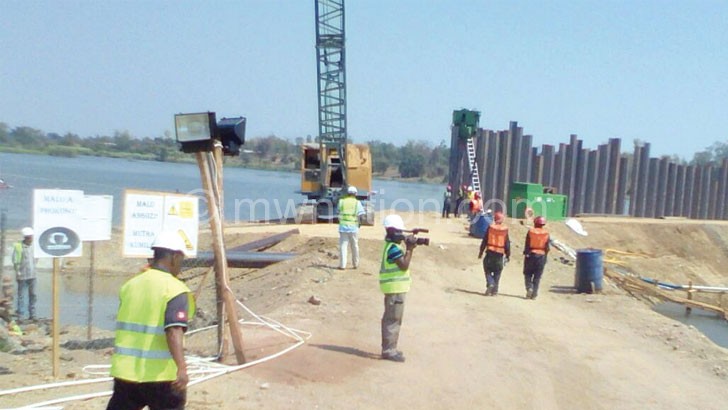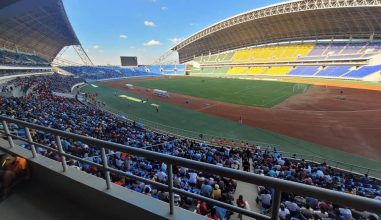Escom gets interim relief on generation
Malawians can now breathe a sigh of relief as Electricity Supply Corporation of Malawi (Escom) says it has started regulating the flow of Shire River, the major source of hydro power generation is the country.
Escom, the State-owned sole power utility, said as of March 9 2016 it was discharging 169.59 cubic metres per second (cumecs) at Kamuzu Barrage in Lilwonde, Machinga. This is 70.41 cumecs less than the required 240 cumecs of water flow for Escom to operate at full capacity of 351.74 megawatts (MW).
But Escom is optimistic that the 169.59 cumecs, added to the inflows from the Shire River tributaries downstream of the barrage, is enough for its operations at the power stations.

will improve control of flow
Escom public relations officer George Mituka, in a written response to a questionnaire, said this was an improvement to the recording of 158 cumecs of February 8 2016 which was also regarded as an improvement over a recording in December at 154 cumecs and the lowest recorded flow of 121.19 cumecs registered in November 2015.
He said: “The situation has indeed improved to the extent that we can now afford to regulate the Shire River flow by controlling the Liwonde Barrage to harvest more water in Lake Malawi for use during the dry season. Most of the water we are currently using at our power stations is from tributaries of the Shire River.”
However, Mituka was hesitant to indicate whether customers should expect any improvement in the electricity generation capacity considering the improvement in water flow despite that the rainfall pattern this year is erratic.
He said: “At this time of responding to this questionnaire, we are this dry spell continues for the next two weeks, we will be forced to start drawing our water from the harvested water in Lake Malawi which will mean depleting the reserve. On the other hand, if we have continuous rainfall up to April, then we may harvest enough water for use even during the dry season. All these scenarios have an impact on electricity generation.”experiencing a dry spell. If
In a related development, Mituka said the 10MW diesel-powered generation plant worth $4.7 million (about K3.4 billion) at Kanengo in Lilongwe expected to reduce intermittent power supply in the Central Region is currently being installed and hopefully by the end of this month it will be commissioned.
In an earlier interview during a media tour at Kanengo sub-power station in February, project coordinator Charles Kagona said the new plant will be connected to national power grid and there are hopes that it will considerably reduce power outages especially during peak hours.
According to the Malawi Confederation of Chambers of Commerce and Industry (MCCCI) Business Climate Survey 2015, electricity continues to be one of the greatest obstacles to doing business in the country.
Meanwhile, according to a statement on weather update from March 14 to March 23 from the Ministry of Natural Resources, Energy and Mining’s Department of Climate Change and Meteorological Services released on Sunday, the country will experience erratic rainfall and dry conditions are likely to persist nationwide. n





